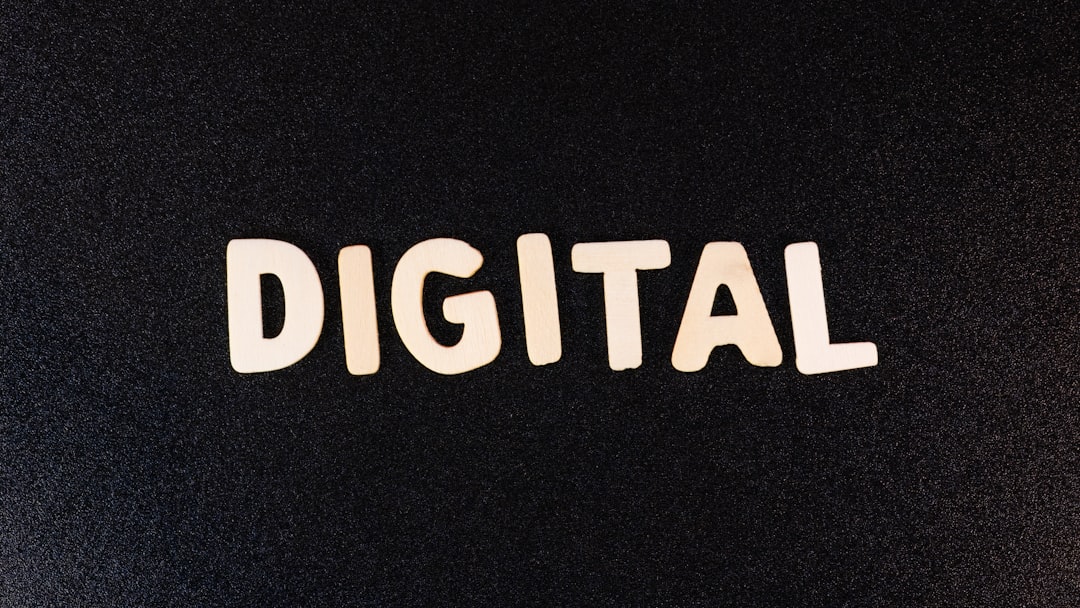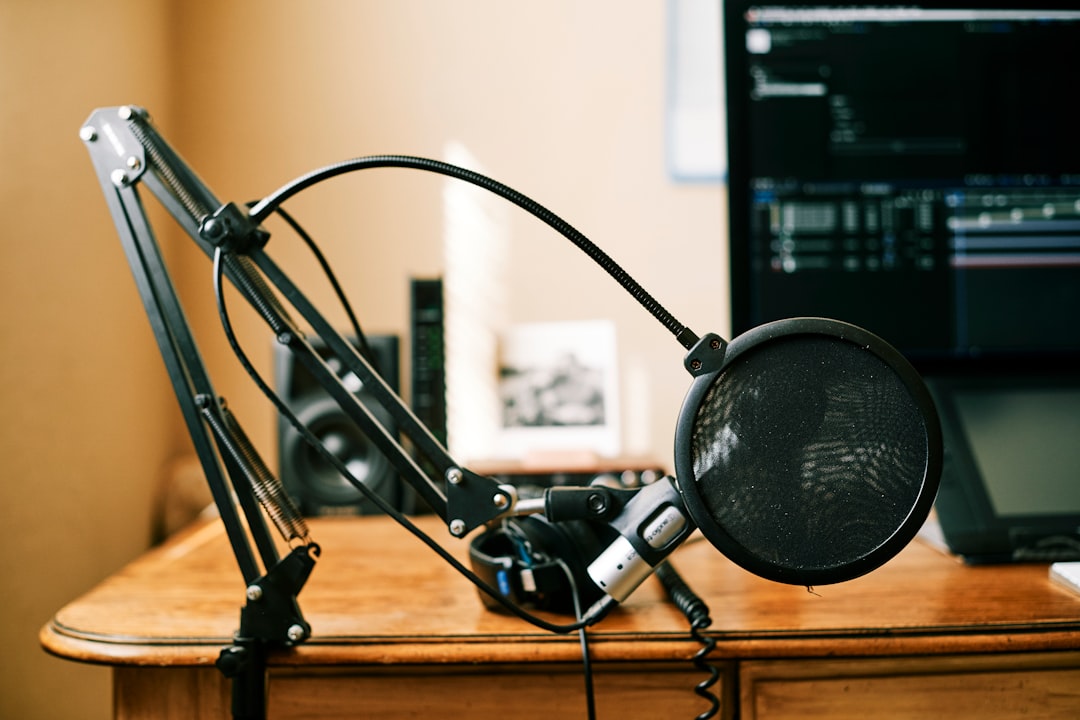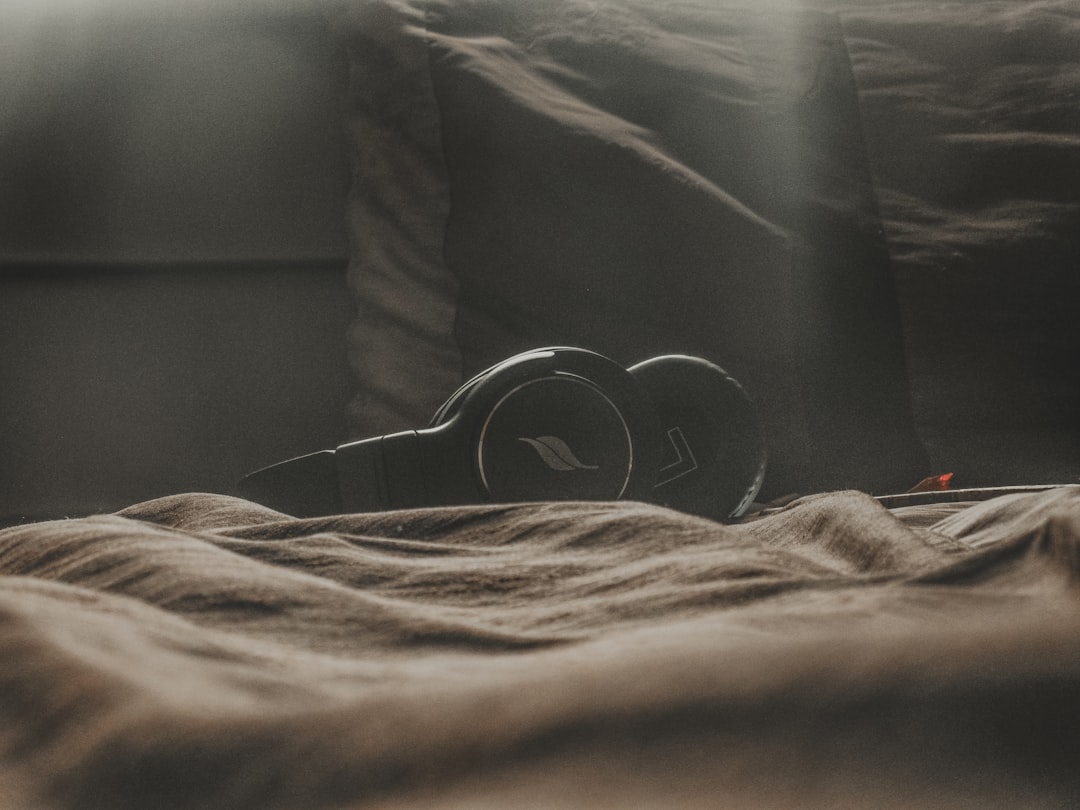The Impact of Audio Immersion on Language Learning (my Method).
The Impact of Audio Immersion on Language Learning (my Method)
For years, language learners have grappled with the gap between textbook knowledge and real-world fluency. We memorize vocabulary, conjugate verbs, and dissect grammar rules, yet often find ourselves stumbling when faced with a native speaker’s rapid-fire conversation or the nuanced melodies of their speech. This disconnect is precisely what my Audio Immersion Method aims to bridge. It’s not just about listening; it’s about a deeply intentional and structured engagement with the target language through sound, designed to rewire your brain for natural acquisition. The impact is profound, transforming hesitant learners into confident communicators who don’t just understand words, but truly feel the language.
The Subtle Power of Sound: Deconstructing the Foundations of My Audio Immersion Method
At its core, my Audio Immersion Method posits that true language mastery isn’t solely a cognitive exercise, but an auditory one. Think about how children learn their first language: not through grammar drills, but through constant exposure to the sounds, rhythms, and contexts of their native tongue. My method replicates this natural process, albeit for an adult learner, by creating a rich, consistent auditory environment. It moves beyond passive background noise, transforming listening into an active, multi-layered engagement that primes your brain for profound language acquisition. This involves a deliberate selection of audio content and specific listening techniques that I’ve refined over years of personal experience and guiding others.
Beyond Background Noise: Activating Auditory Processing
Many people try “audio immersion” by simply having a podcast on in the background. While this has some minimal benefit, my method emphasizes active auditory processing. This means consciously tuning into the sounds, attempting to discern individual words, intonation patterns, and the emotional context, even if you don’t understand everything at first. It’s about training your ear to differentiate between subtle phonetic variations that are crucial for both comprehension and accurate pronunciation. We’re leveraging the incredible brain plasticity that allows us to adapt and form new neural pathways, making the target language’s sounds as familiar as your native tongue.
The foundational principle here is consistent, high-quality exposure. This isn’t about overwhelming yourself, but about making the target language’s sounds a constant, welcome presence in your daily life. It’s the difference between hearing music and truly *listening* to its composition.
Unlocking Native Rhythms and Intonation: How My Method Refines Pronunciation and Fluency
One of the most immediate and profound impacts of my Audio Immersion Method is the dramatic improvement in pronunciation and natural fluency. Traditional learning often falls short here, as textbooks can only describe sounds, not embody them. My method places you directly into the sonic landscape of the target language, allowing you to absorb its inherent rhythms, stress patterns, and intonation directly from native speakers. This goes far beyond simply mimicking individual sounds; it’s about internalizing the musicality of the language.
The Echo Chamber Effect: Shadowing and Repetition
Within my method, techniques like ‘shadowing’ become incredibly powerful. Shadowing involves listening to an audio track and speaking along with it simultaneously, trying to match the speaker’s pace, rhythm, and intonation as closely as possible. This isn’t about understanding every word initially, but about physically training your mouth and vocal cords to produce the sounds and cadences of the target language. Consistent shadowing, even for short bursts daily, has an almost magical effect on accent reduction and the development of a more natural flow. It’s a direct pathway to mastering target language accents that textbooks simply cannot offer.

Furthermore, consistent exposure to natural speech patterns through diverse audio sources helps you internalize grammatical structures without explicit memorization. Your brain starts to recognize patterns in how sentences are formed, how verbs are conjugated in context, and how prepositions are used, leading to more spontaneous and grammatically accurate speech. This fosters a kind of intuitive grammar that feels natural, rather than something you consciously construct.
Beyond Literal Translation: Cultivating Intuitive Comprehension with My Auditory Approach
Another critical impact of my Audio Immersion Method is the development of intuitive comprehension. Many learners, especially at intermediate levels, find themselves mentally translating everything they hear into their native language. This slows down processing, creates mental fatigue, and hinders real-time conversation. My method systematically breaks this habit by training your brain to process the target language directly, fostering a deeper, more nuanced understanding.
Building a Direct Neural Pathway: From Sound to Meaning
The key here is consistent exposure to content that is *just slightly* above your current comprehension level. This creates what linguists call “comprehensible input.” By listening repeatedly to authentic materials – podcasts, interviews, audiobooks, even music – your brain begins to connect sounds directly to concepts, emotions, and situations, bypassing the need for translation. You start to understand the gist, infer meaning from context, and pick up on non-verbal cues embedded in the speaker’s tone, speed, and pauses. This is a vital step in developing effective active listening skills.
This process is enhanced by what I call “layered listening.” Initially, you might listen for overall meaning. Then, you might listen again with a transcript, focusing on specific vocabulary or grammatical structures. A third listen might be purely for pronunciation practice, mimicking the speaker. This multi-pass approach ensures that you extract maximum value from each piece of audio, solidifying comprehension and accelerating effective vocabulary acquisition.
The Layered Journey: Practical Steps for Engaging with My Audio Immersion Method
Implementing my Audio Immersion Method isn’t about simply pressing play; it’s a strategic, adaptable process. It involves selecting the right materials, employing specific listening techniques, and integrating them seamlessly into your daily routine. The beauty of this method lies in its flexibility – it can be tailored to any proficiency level and learning style, ensuring consistent progress.
Curating Your Auditory Landscape
The first step is to curate a diverse library of audio content in your target language. This should include:
- Podcasts: Start with beginner-friendly podcasts designed for learners, then transition to native podcasts on topics you genuinely enjoy (hobbies, news, storytelling).
- Audiobooks: Begin with books you’ve already read in your native language, or children’s books, gradually moving to more complex narratives.
- Music: While not the primary tool for explicit learning, music helps internalize rhythm and can be a fun way to pick up colloquialisms. Analyze lyrics for deeper understanding.
- Native Conversations: Look for YouTube channels, radio shows, or even language exchange apps that feature natural, unscripted dialogues.




Post Comment